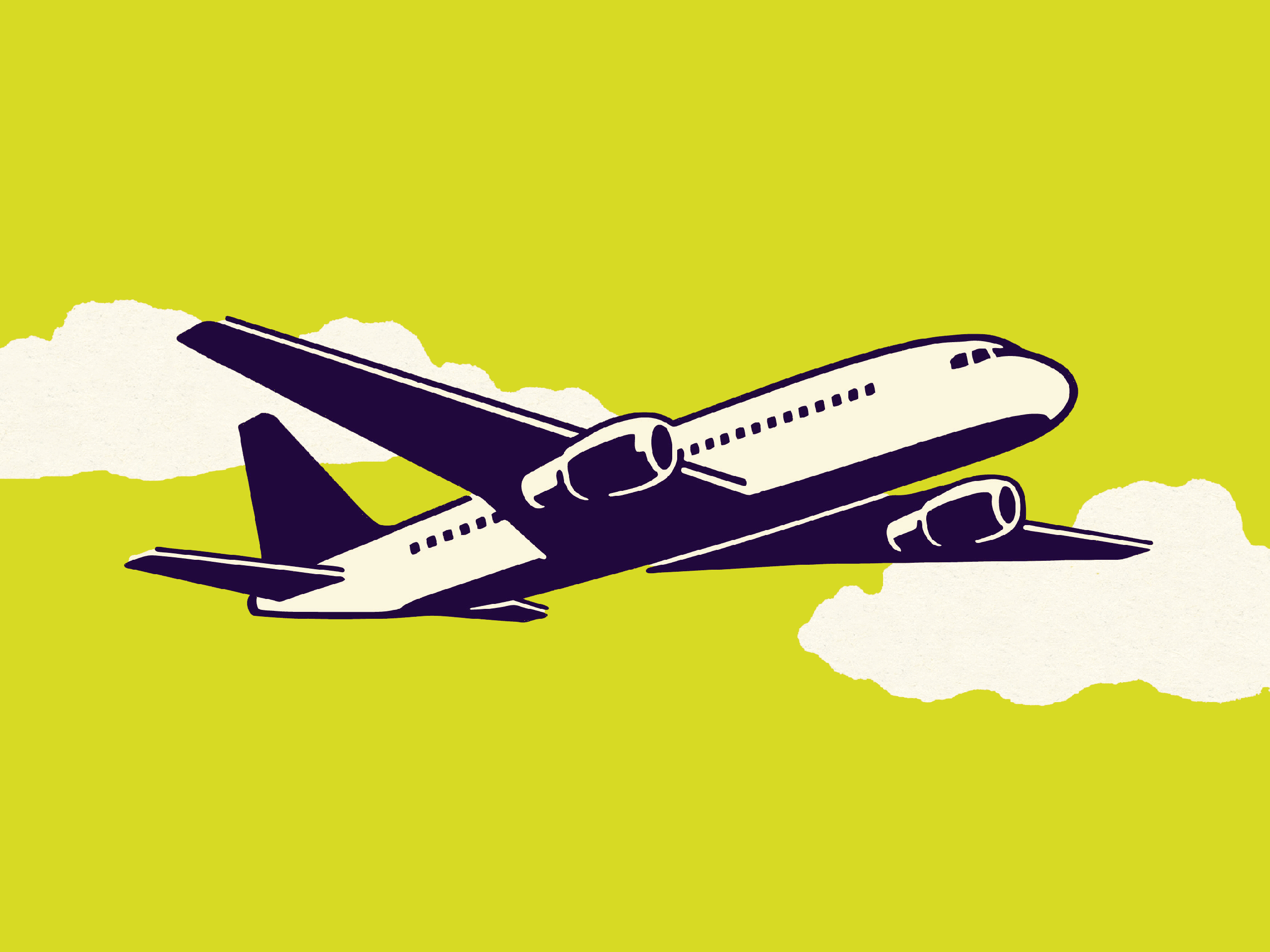In addition to rising seas, longer droughts, and all manner of weather nightmares, global climate change promises to make flying just a bit more hellish.
British scientists ran computer models simulating a doubling of atmospheric carbon dioxide from pre-industrial levels of 280 parts per million to 560 ppm---something expected to happen later this century, as the figure now stands at about 400 ppm---to see how it might affect clear air turbulence. The short answer? Flying is going to get a whole lot bumpier. This will trouble the airline industry, which in any given year experiences nearly 800 “turbulence encounters” that result in hundreds of minor injuries and dozens of major injuries. Don’t worry, though. Airlines are developing on-board systems to warn pilots to trouble and stabilize aircraft.
The study, released today in Advances in Atmospheric Science, builds on work Reading University meteorologist Paul Williams published in 2013. Although the earlier paper found that climate change bring bumpier flights, the results failed to distinguish between turbulence that knocks flight attendants off their feet and mild bumps that spill your cocktail.
“The 2013 paper was a first cut, which showed we can generally expect more turbulence as a whole, but didn't dig down into the details,” Williams says. “The new paper looks separately at each different strength category for the first time, so we have individual predictions for the future of light turbulence, which is perfectly safe but distresses nervous fliers, and severe turbulence, which throws people around and can hospitalize people.”
Before getting to that, let’s define clear air turbulence. Unlike the turbulence caused by thunderstorms or downward microbursts that hit before planes land, the disturbances Williams studied occur above 30,000 feet when fast-moving jet streams create eddies and cascades of unstable air. Jet streams---there are two each in the northern and southern hemispheres---are relatively narrow rivers of air that circle the globe from west to east. They meander somewhat from north to south, following the contours of hot tropical air and cold polar air. And climate change has them speeding up.
That means bumpier flights. Williams’ work finds that light turbulence will increase by 59 percent, and light-to-moderate turbulence will increase by 75 percent. In other words, expect more spilled drinks and dire warning to buckle up. Things get worse from there, with the incidence of increasingly severe turbulence going up, up, and up. Truly severe turbulence---jolts harsh enough to toss people around---will climb 149 percent.
Pilots know how to handle turbulence, of course, and get real-time updates of turbulent air from air traffic control and other pilots on the same flight path. Technology can help, too.
A few years ago, European aviation companies led by the French company Thales developed an on-board LIDAR system that could spot clear air turbulence up to 18 miles ahead of the plane. It worked, but it weighed 440 pounds, wasn’t terribly effective, and LIDAR still costs a fortune. “Right now, it’s too expensive,” says Paul Vrancken of the Institute of Atmospheric Physics at the German Aerospace Agency. “There’s not so much interest from the aeronautics industry to do it.”
Still, some big names in aviation want to tackle this problem. The new Boeing 787-10 Dreamliner, for example, sports nosecone sensors that detect turbulence ahead and send signals to computers controlling the rudder, ailerons, and other control surfaces to dampen the effects of turbulence before passengers even feel them.
Technology and training may mitigate the impacts of increasingly turbulent flights, but in the meantime, it may be a good idea to keep your seat belt fastened, even when the light isn’t on.
